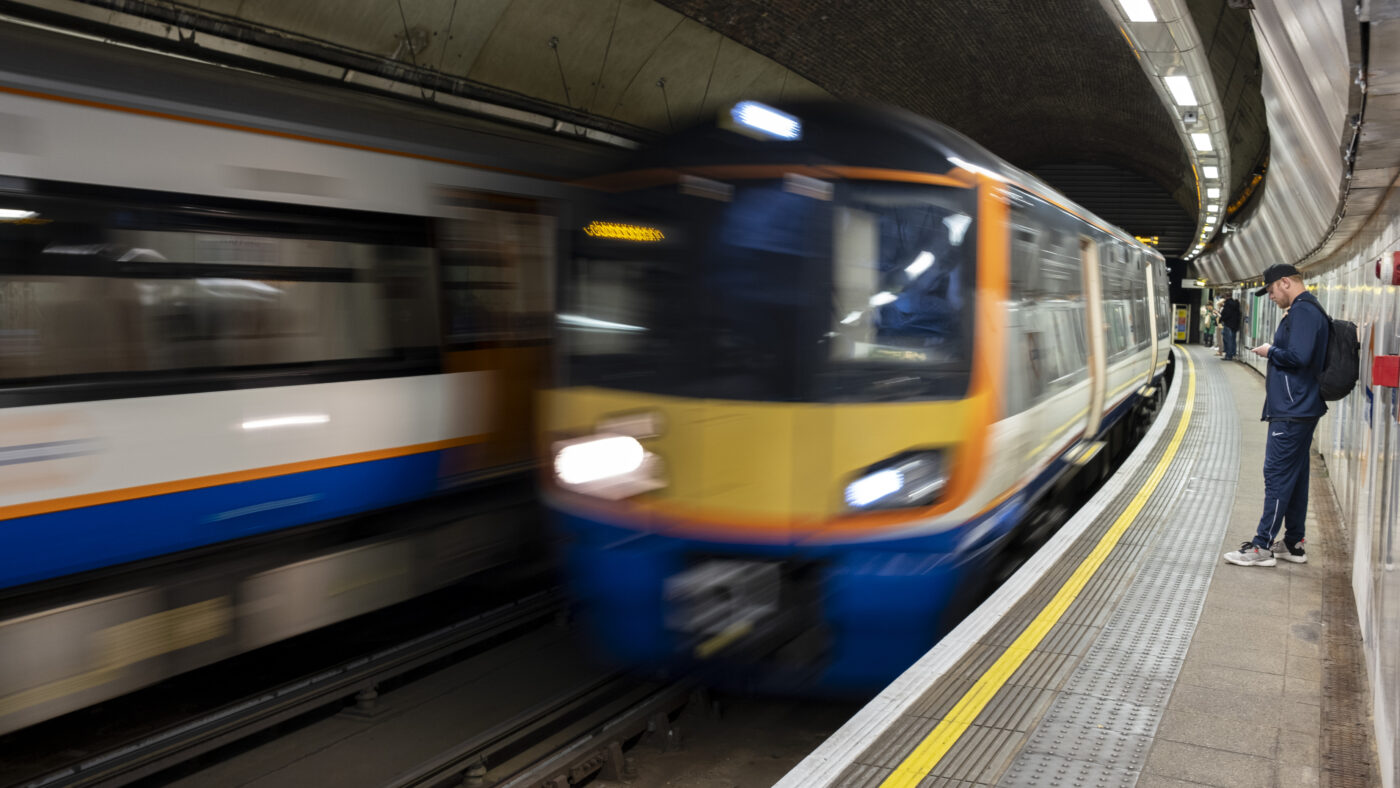Are you familiar with environmental subjugation? You may not be, but it’s certainly interested in you.
Kenneth Clarke once wrote that architecture could be considered a social art; ‘an art by which men may be enabled to live a fuller life.’ Perhaps that potential is why so many politicians are drawn to grand architectural ambitions. Dictators, Presidents and Prime Ministers have all seized on the ability of buildings to make physical statements; they have been used to terrify, to impress, as examples of state power, as expressions of ideology, to make bids for immortality and to satisfy monumental egos.
The examples of this are almost too numerous to name, and continue largely uninterrupted to the present day. Napoleon III’s fastidiousness stamped itself on Haussmann’s wide Paris boulevards; Saddam Hussein’s Umm al-Qura Mosque was an attempt for him to claim victory in the first Gulf War; Blair’s Millennium Dome stands as a testament to that Government’s preference for style over substance, and the Dome’s gradual decline into disrepair is a worryingly fitting metaphor for the effect of New Labour on the nation as a whole.
The practice now even extends to local plenipotentiaries, with leaders of provincial cities hell-bent on regeneration utilising architecture as a rebranding tool, turning to leading international architects to provide a flashy showpiece to replicate ‘the Bilbao effect’.
Sadiq Khan received widespread – although not universal – condemnation for such environmental subjugation after a rebrand of six Overground lines ‘with names inspired by the capital’s and the country’s diverse modern history’; Liberty, Lioness, Mildmay, Sufragette, Weaver and Windrush.
Despair at the HR-ification of our physical environment isn’t new; in 2020, residents in Birmingham of the deprived area of Perry Barr, denounced the ‘cringeworthy’ names of Diversity Grove, Equality Road, Destiny Road, Inspire Avenue, Respect Way and Humanity Close. One particularly witty resident was inspired to quip; ‘Humanity Close? Not in Birmingham it isn’t.’
TfL’s renaming is undoubtedly a process of woke environmental subjugation, but not in the sense that the lines are named after specific woke talking points. There are few who would argue that female suffrage was woke – although it should be noted that the explicit refusal to name the line after individuals matches the growing preference to celebrate communities, even mythological ones.
Rather, it is the process by which the Overground names were arrived at; these names are a physical expression of the power of ‘the Blob’, a reification of its power into the physical realm. Previously in CapX I have written about the ‘a largely astroturfed agglomeration of charities, institutions and NGOs that we know and despise as ‘the Blob’.
The Blob, despite increasingly being used as shorthand for Civil Service opposition, is a much larger and more diverse ecosystem than just the Civil Service; they are not only the government but the government’s stakeholders, and are firmly established as the interface between the state and ‘civil society’.
This interfacing function, relying on reciprocal engagement between government and ‘civil society’, is key to ‘the Blob’s’ influence on public policy – and now, too, on the public realm. It’s commonly packaged as ‘stakeholder engagement’ and is an essential part of ‘Blob’ apparatus.
The new Overground names were birthed in almost a perfect example of this ‘stakeholder engagement’. As Tfl’s website informs us, ‘Our approach was to hear from the many different communities that live close to the London Overground and to learn how we can represent them through the line names. Local and national stakeholders helped us ensure that the community engagement exercises were inclusive and collaborative.’ Liberty lives near the Overground, apparently.
Another key feature of Blob governance is that culturally progressive groupthink – which is the natural result of widespread institutional capture – means decisions, as Mary Harrington points out, are often ‘made pre-politically and largely unaccountably, via the interaction of rules, institutions, and seemingly leaderless pressure groups.’
Again, the Overground is an example par excellence. TfL’s website tells us that the process was led by a partner agency, DNCO, whose online case study is rather explicit about the pre-decided outcomes of the renaming process; the line naming process, they tell us, ‘presents an opportunity to tell stories that reflect our city’s super diversity’.
Through an ‘extensive research programme’, DNCO interviewed leading historians, academics and transport specialists, ‘delving into topics such as LGBTQ+ histories, East End migration and the fascinating world of London slang and linguistics’. It should come as no surprise that those interviewed as part of a Blob-delivered project should espouse the same progressive views as the interviewers. It is notable that London slang and linguistics, of course, did not have any influence on the final names. Further to this, DNCO hosted workshops with London’s writers and creatives where they ‘explored themes of decolonisation, queer histories, intersectionality and young London’s perspectives’.
In order to astroturf a decision already taken, then, the taxpayer has spent almost £7m on a process that has consisted of the Blob talking to itself. For any future right-wing government, fighting and beating the Blob will be essential, but perhaps we will have to retake the Overground as well as Westminster.
Click here to subscribe to our daily briefing – the best pieces from CapX and across the web.
CapX depends on the generosity of its readers. If you value what we do, please consider making a donation.


